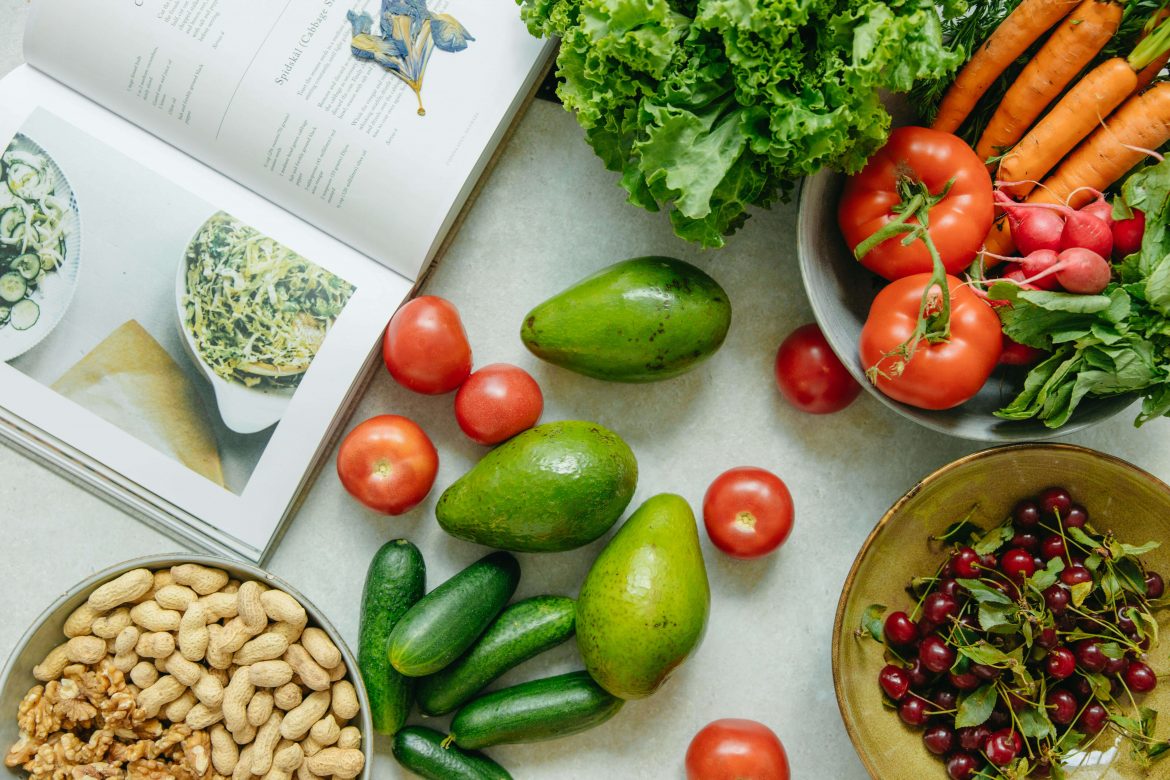If you’ve spent any time scrolling wellness content lately, chances are you’ve seen terms like mindful eating, intuitive eating and the newer buzzword, somatic eating.
They’re often used interchangeably, but each approach has its own focus. In a recent Taste article, local dieticians shared their insights into what these practices really mean.
Read more: A Beginner’s Guide to Mindful Eating
Mindful eating
According to the experts, mindful eating is about slowing down and paying attention. That means being present with your food instead of eating while distracted. Think about how something tastes and feels, rather than mindlessly finishing your plate while on your phone or in front of the TV.
The idea is simple: When you notice your food, your body recognises it too.
Intuitive eating
Intuitive eating shifts the focus from rules to body signals. It’s about recognising when you’re actually hungry – and when you’re not. Instead of eating because it’s “lunchtime” or because snacks are on the table, this approach asks you to pause and consider whether your body really wants food.
Unlike dieting, which often ignores hunger cues, intuitive eating encourages you to trust them. You eat when you’re hungry, stop when you’re satisfied, and learn to understand what your body truly needs.
Somatic eating
Somatic eating is the newest term on the list. “Somatic” means “relating to the body,” and this method goes a step further by connecting eating habits with physical sensations and emotional wellbeing. Stress, anxiety and nervous system regulation all play a role here.
It’s not only about identifying foods that cause discomfort but also noticing which ones leave you feeling energised and balanced. Mental health support is often part of the process, making it a more holistic approach. While research is still developing, practitioners are beginning to weave somatic elements into their wellness work.
What they share
Though different in practice, mindful, intuitive and somatic eating share a common thread: they all push back against restrictive diet culture. Instead of categorising foods as “good” or “bad,” the focus is on connection, nourishment and enjoyment.
The takeaway is that the goal isn’t to obsess over rules, but to build a non-judgemental, sustainable relationship with food – one that enhances everyday life. After all, eating should be less about guilt and more about celebrating how food fuels, comforts and connects us.
ALSO SEE: MOOD-BOOSTING FOODS AND HOW TO COOK WITH THEM
Images: Pexels

